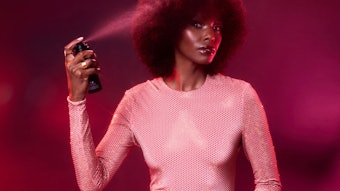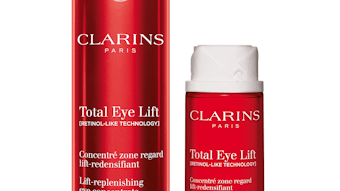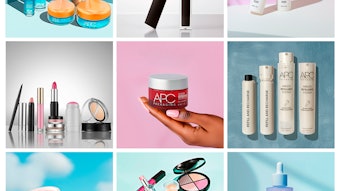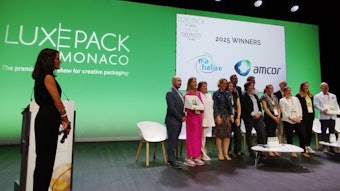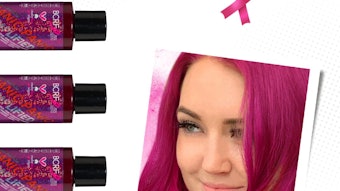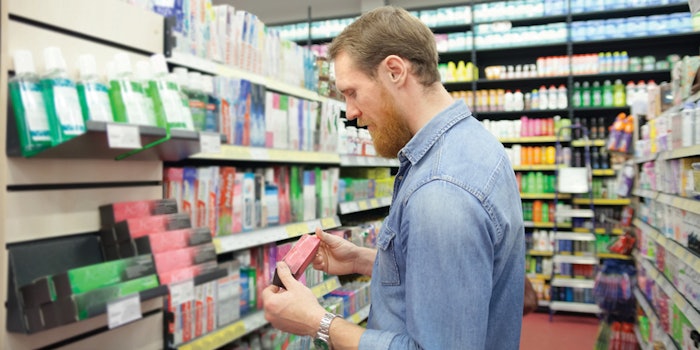
Consumers of health and beauty products have countless options to choose from, rendering the cosmetic industry more competitive than ever before. With a growing push toward higher-quality products and increasing awareness of issues like environmental sustainability, today’s consumers are highly informed. Thoughtfully designed packaging is therefore a must for any cosmetic company that hopes to stay competitive in today’s market, particularly because a cosmetic product’s packaging is typically the first part of the product that a consumer interacts with online, in social media feeds or in-store.
The packaging options available are as varied as the cosmetic products themselves. However, all effective cosmetic packaging must include three core elements: clear branding, experiential design and creative, out-of-the-box secondary packaging.
Clear Branding for Quick Recognition
For consumers who come to the retailer or website intending to purchase your products for the first time, the packaging should stand out and send a compelling brand message to help get the product into their virtual shopping cart or off the shelf and into their hands. For consumers not yet sure what they want, be sure you know your target audience and have developed customized packaging that clearly displays features to appeal to that specific market segment.
Design consistency is also critical. When a loyal customer approaches a retail shelf or views a search results page, they should have no trouble immediately distinguishing which products are yours; even across different products and product lines, there should be clear elements that consistently unite the overall brand image.
Your products’ packaging may follow a similar color scheme, use the same distinct font or have a design with a similar layout. Some brands choose to have the brand name printed boldly on packaging for fast recognition, but subtle cues can be just as effective when used correctly.
As soon as a potential customer glances at search result page, social media feed or shelf of cosmetic products, they are bombarded by brand messages and other content, all competing for attention. For your loyal base of customers, you want picking out your products to be easy—and before being distracted by other brands.
Experiential Design
Perhaps the most difficult job of a cosmetic product’s packaging is to get the consumer to take the product off the shelf or click through to the product’s details page. One of the most effective ways to do this is to incorporate experiential elements into the design.
In physical retail, experiential designs encourage consumer engagement through interactive design elements such as doors that open, or clear plastic windowing. Unique closing mechanisms and fasteners also serve this purpose, as do textured surfaces that encourage tactile engagement. Embedded samples are another example of experiential packaging design.
In physical and online retail, embossing, debossing and other visual and tactile effects catch the consumer’s eye and invite them to make contact. Any packaging design that encourages consumers to lift it off the shelf or open a detail page ultimately encourages a higher rate of purchasing.
Secondary Packaging: Think Outside the Box
The majority of cosmetic products are packaged in both primary and secondary packaging. Primary packaging—typically a bottle, tube, packet or tray—directly contains the product itself, while secondary packaging—most often a box—is the additional layer that conveys the brand message while protecting the product on the shelf or during shipping.
The most common type of secondary packaging in cosmetics is the folding carton, which is made of paperboard or plastic and ships flat to be folded, assembled and filled. Breaking away from a traditionally shaped box can help your products to be more visible and appealing on the shelf or onscreen, inspiring a second glance and, perhaps, a purchase. Ways to get creative with secondary packaging include:
- Uniquely shaped boxes. Why go with a simple rectangular box like everyone else, when a hexagonal or octagonal design is sure to stand out? Cylindrical packaging and other unique shapes catch the eye of the consumer and encourage them to take the product off the shelf. Inner and outer sleeves that include multiple elements nested together also create a visually appealing effect and unboxing experience.
- Incorporating clear plastic windowing. In physical retail, secondary packaging typically obscures the primary packaging and product from view, but the use of clear plastic windowing in your secondary packaging design can give potential consumers an exclusive sneak-peek at what’s to come. Windowing could make up most of the packaging, or be limited to a small area that is used to highlight product features, textures and other appealing features.
- Use of both printed and after press effects. Even if your secondary packaging design sticks to the traditional, rectangular folded carton structure, there are still plenty of opportunities to make it stand out with on- and off-press effects. Embossing, debossing, grit textures, glitter, gloss and other additions can be used as part of an engaging secondary packaging design that will appeal in both digital and physical retail channels.
Consumers form powerful loyalties with the brands they trust within the fiercely competitive health and beauty industry. Before your brand can become someone’s go-to for all their cosmetic needs, the secondary packaging must first get your product noticed.
Michael DiFranco serves as the VP of marketing at JohnsByrne, a custom packaging and print solutions provider for the health, beauty, food and beverage, and consumer products markets, spanning value-added folding cartons, specialty packaging and high-impact direct mail.

